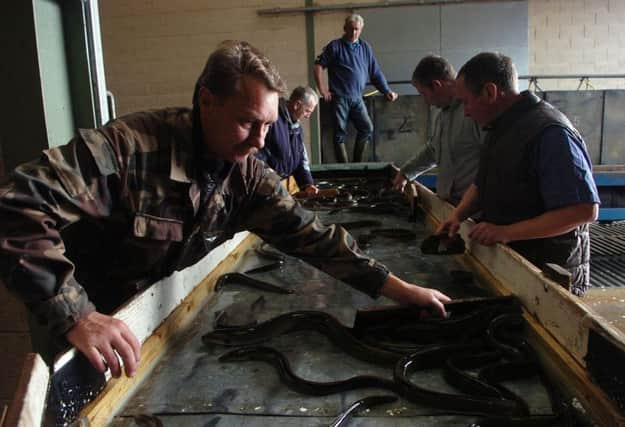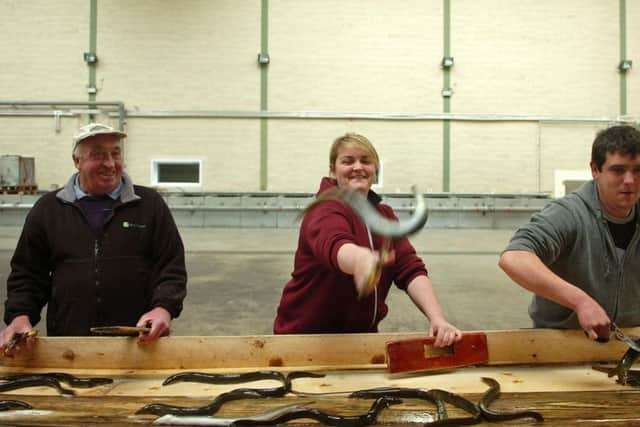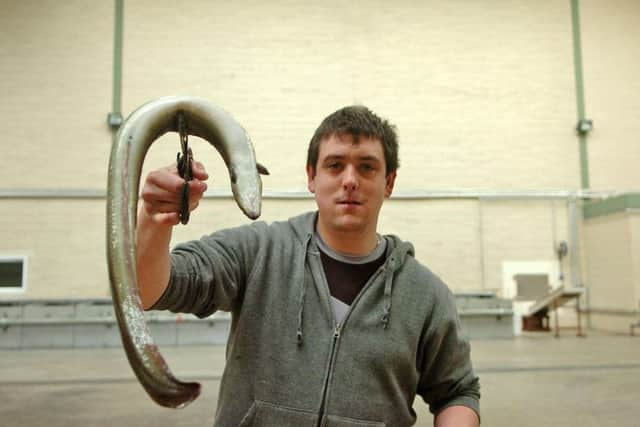Video: Lough Neagh gold: Northern Irish eels a special resource


Established in 1965 by the late Father Oliver Kennedy, the Lough Neagh Fishermen’s Co-operative Society reclaimed the rights to fish the lough from companies in Holland and England and focused on benefitting the local fishermen, whose experience is integral to the business and to ensuring its longevity.
It stands only to honour his philanthropy and dedication that in 2011 eels from Lough Neagh were awarded Protected Geographical Indication (PGI), an accolade that recognises their unique nature and intrinsic link to the area. When you compare other more proliferous products with PGI status such as champagne or parmesan, why don’t we see more local eels on our supermarket shelves and restaurant menus?
Advertisement
Hide AdAdvertisement
Hide AdConservation and sustainable practice are key tenets to the philosophy of the co-operative, voluntarily implementing restrictions on the number of boats allowed on the lough and the amount they catch.


This is in response to the decline in the natural recruitment of ‘glass eels’ or elvers, where global catches of European Eels have dropped from around 20,000 tonnes per year in the late 1960’s to around 5,000 in 2010.
The decline has been attributed to over-fishing, parasites and physical barriers to their migration such as dams; the latter being problematic as they typically only reproduce after swimming an exhausting 4,000 miles. It has been a major challenge the fishery has experienced in exporting the approximately 400 tonnes of its product across the world every year.
Pat Close, the chairman of the Co-operative and successor to Father Kennedy, explained that up until the 1980s these juvenile eels “were arriving from the Sargasso Sea in sufficient numbers to restock the system naturally” and “since then it has been necessary to purchase additional stock on an annual basis.”
Advertisement
Hide AdAdvertisement
Hide AdThis brings with it a significant cost in that it takes several years of growth before these eels can be sold, and coupled with competition from other fisheries driving up the price of glass eels this procedure could threaten the finances of the business.


However Pat remains wholly positive; when asked about the Co-operative’s reaction to these difficulties he acknowledged that competition was increasing but “the PGI accreditation for ‘Lough Neagh Eel’ places our product among the food-elite of Europe and also recognises the rich heritage and traditions of the fishing community associated with the industry here”.
Local businesses have championed the product, with the Taste of Ulster demonstration at the recent Balmoral Show bringing eels to the forefront of their exhibition with a recipe competition, alongside fellow PGI products like Armagh Bramley Apples and Comber Earlies.
The fishery contributes greatly to recovering the stock of eels in conjunction with industry bodies and government on a local and European level and in recent years catches have been steadily increasing.
Advertisement
Hide AdAdvertisement
Hide AdIn 2014 the Co-operative received funding from Invest NI and the European Fisheries Fund toward processing the eels on the site, but continued support is paramount for these programmes.


The fishery provides seasonal employment to 200 people in the local rural economy and through Pat’s position as both a trained agriculturalist and native of the area, his belief in the Co-operative “as the right mechanism to take the industry forward…to secure its future to the benefit of succeeding generations of Lough Neagh fishermen” guarantees the eels and those who catch them remain a proud beacon in Northern Irish produce.